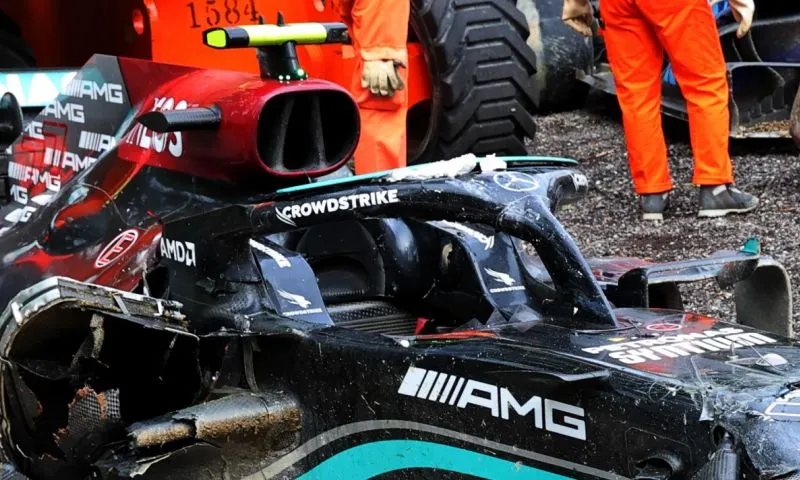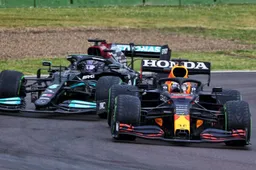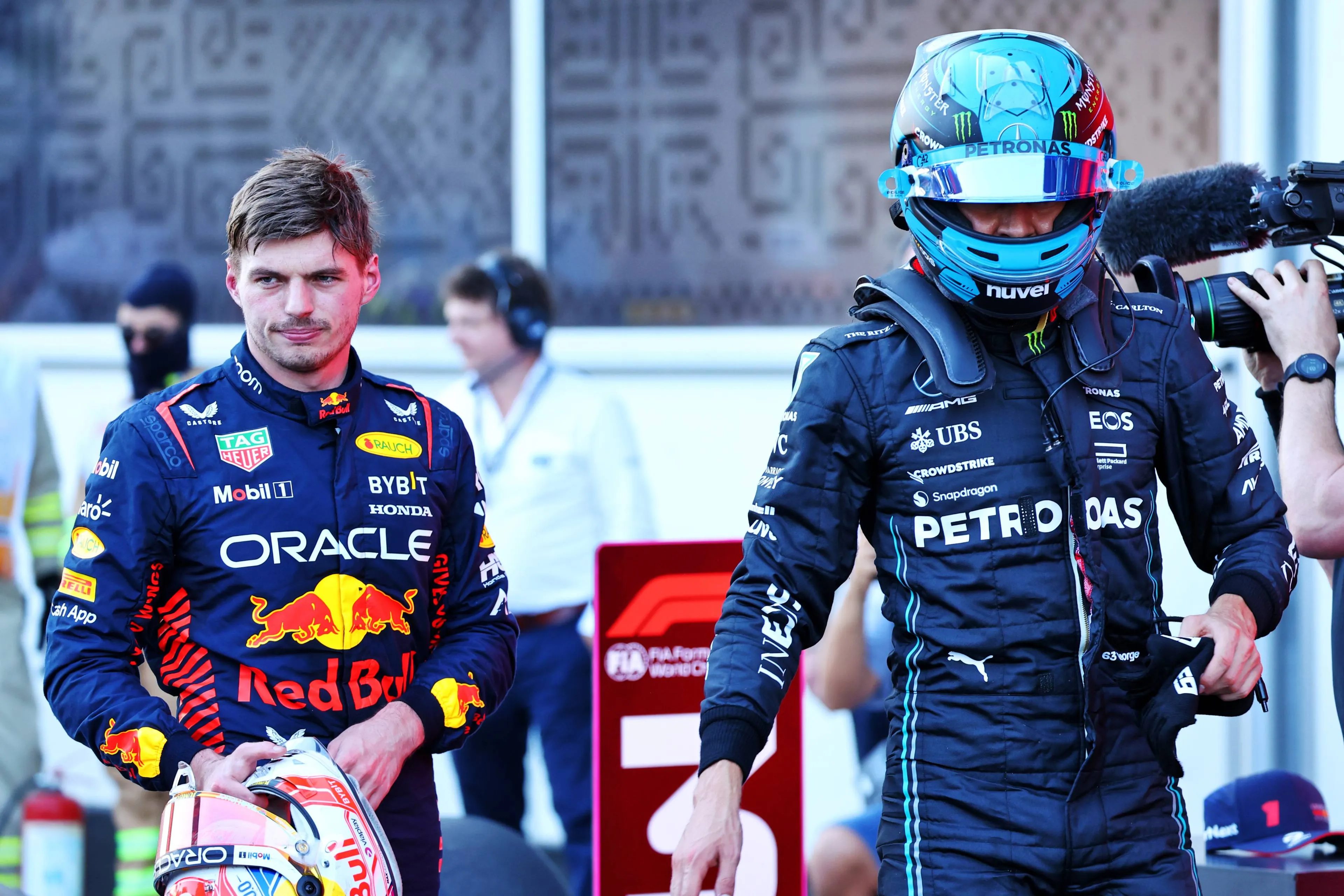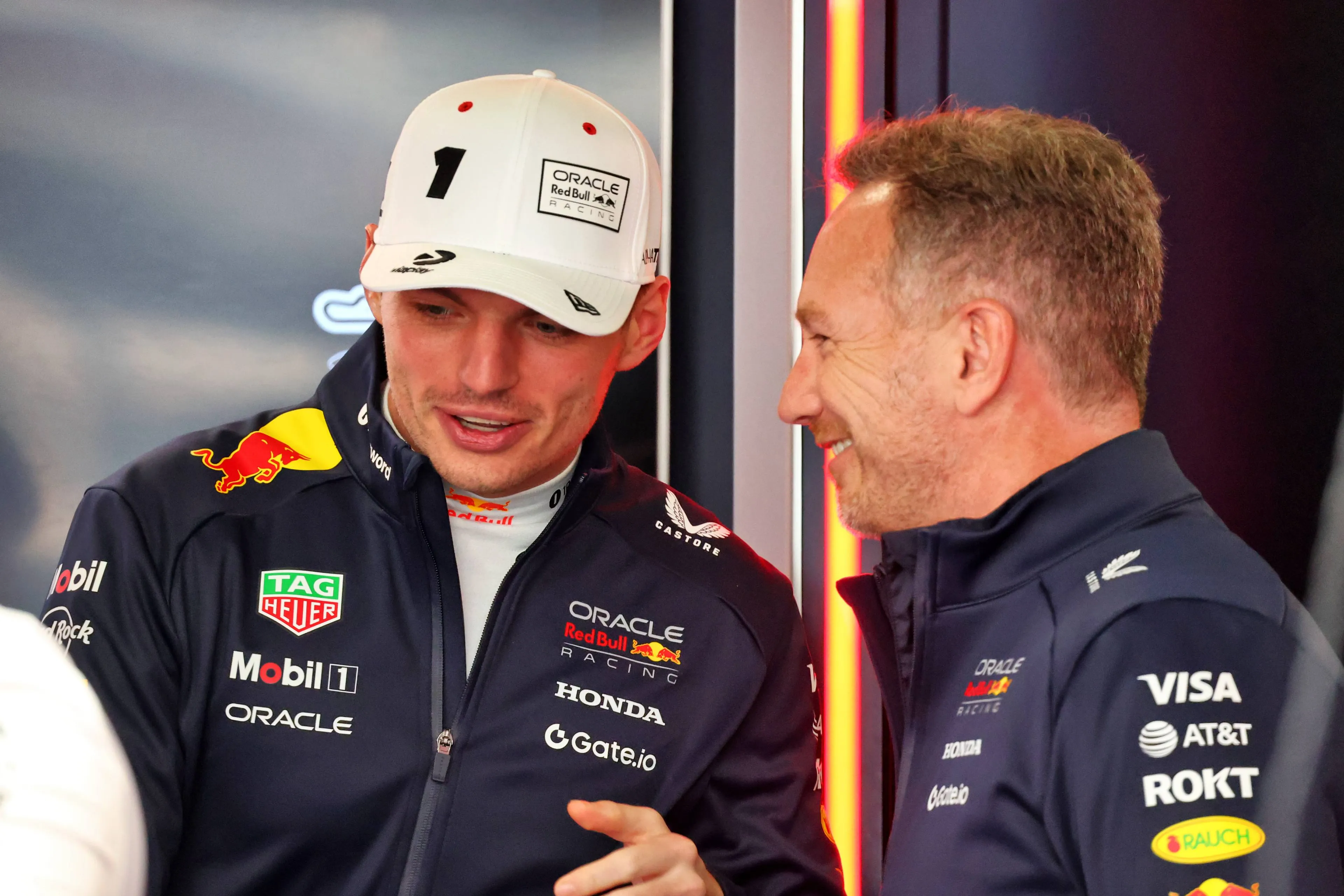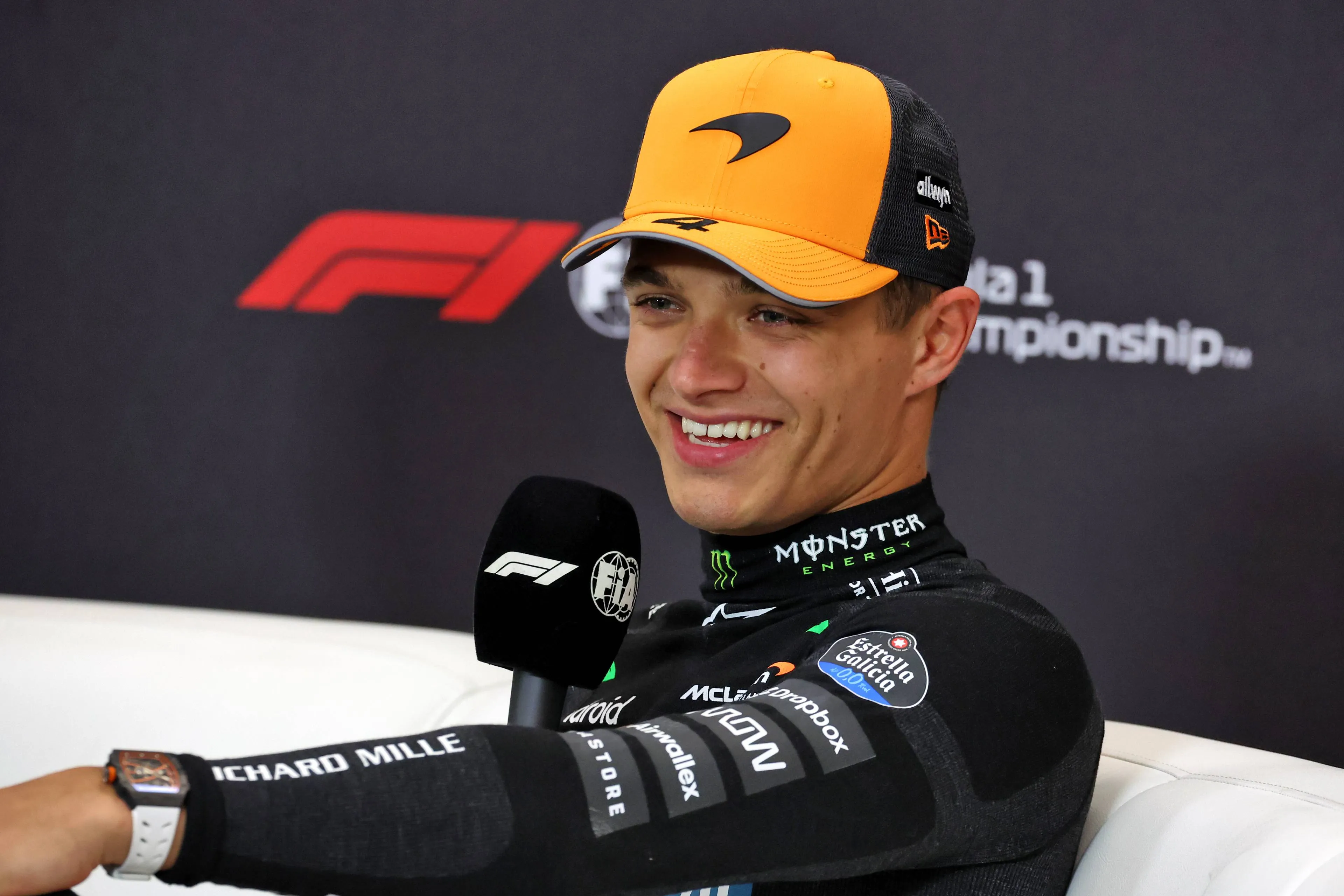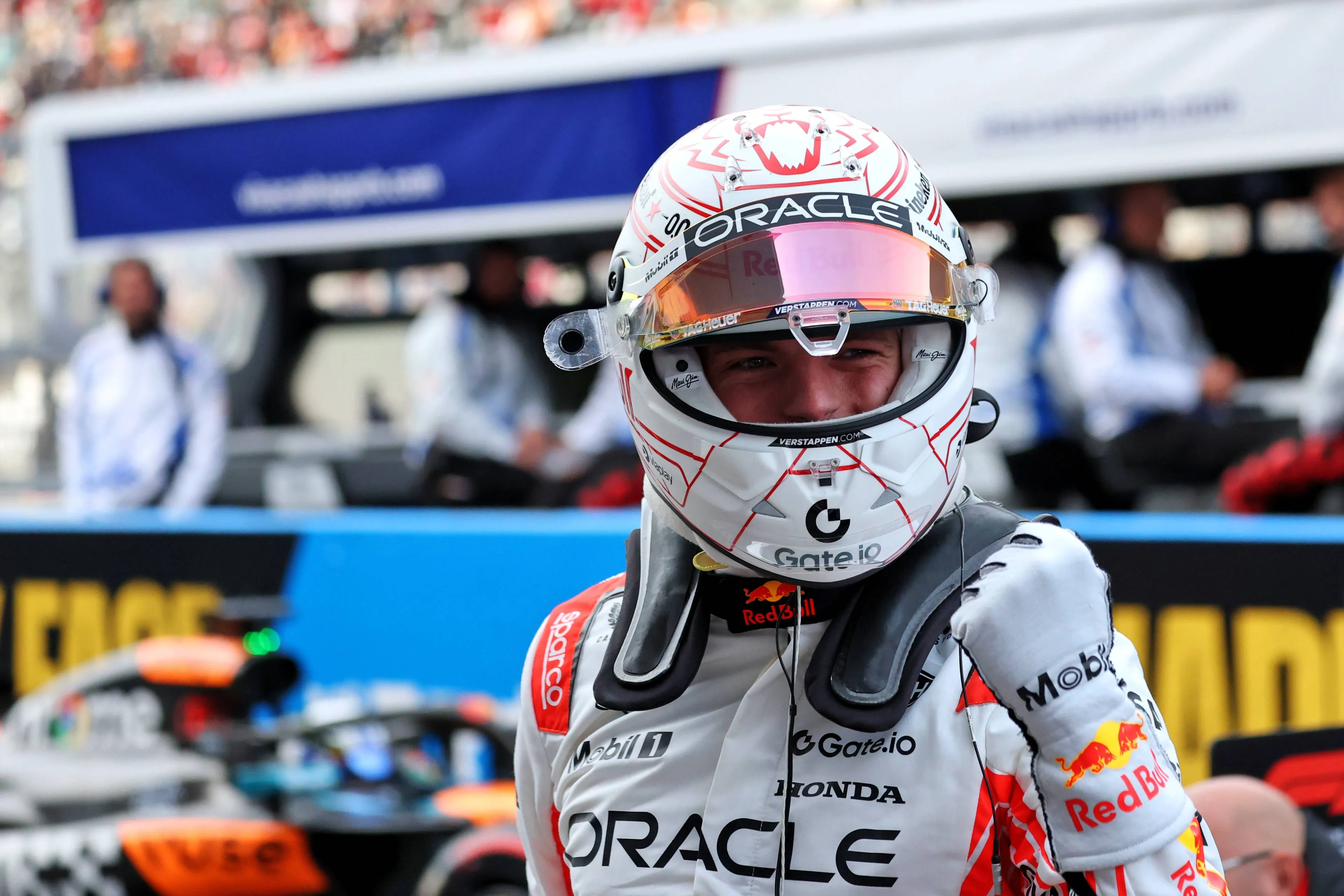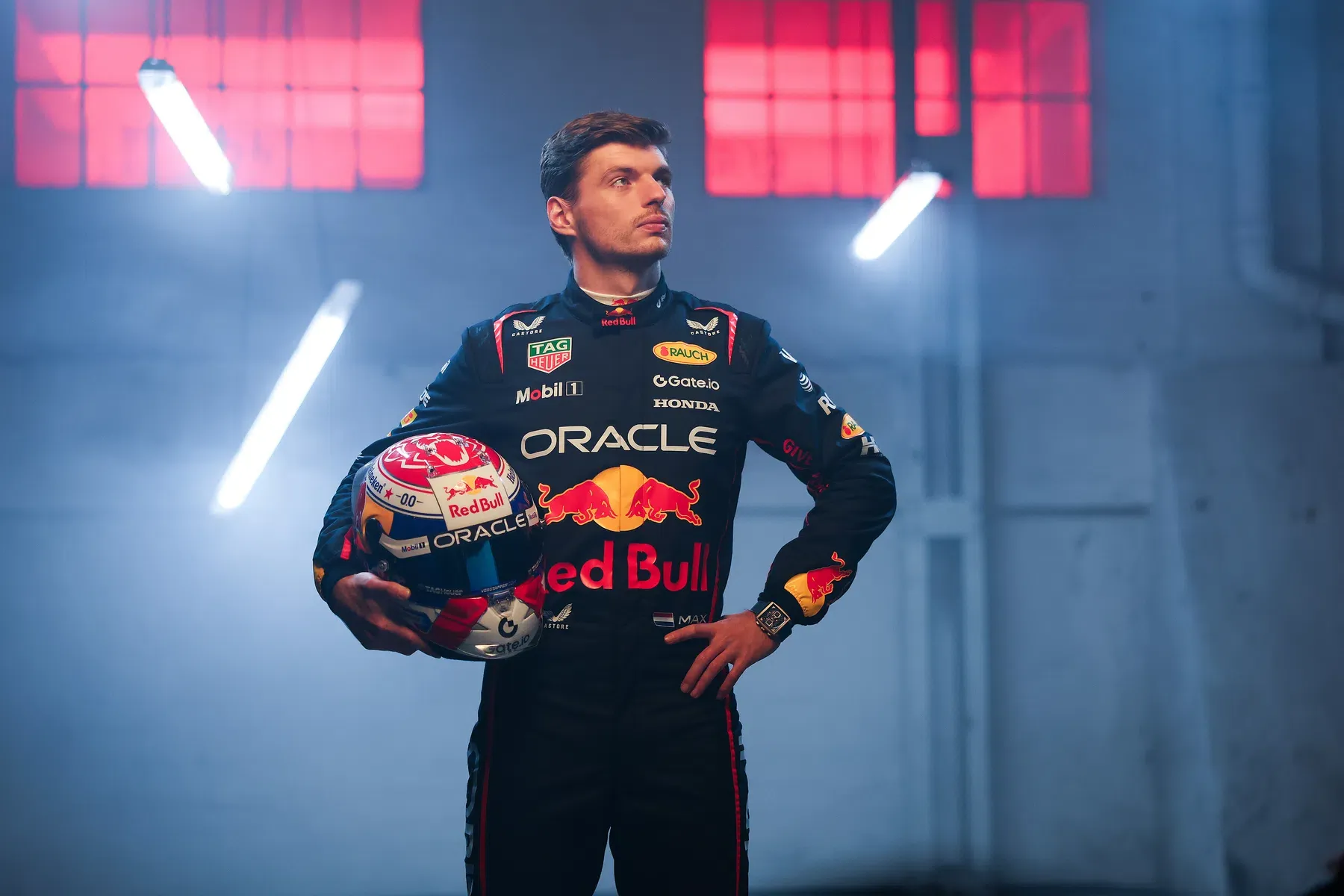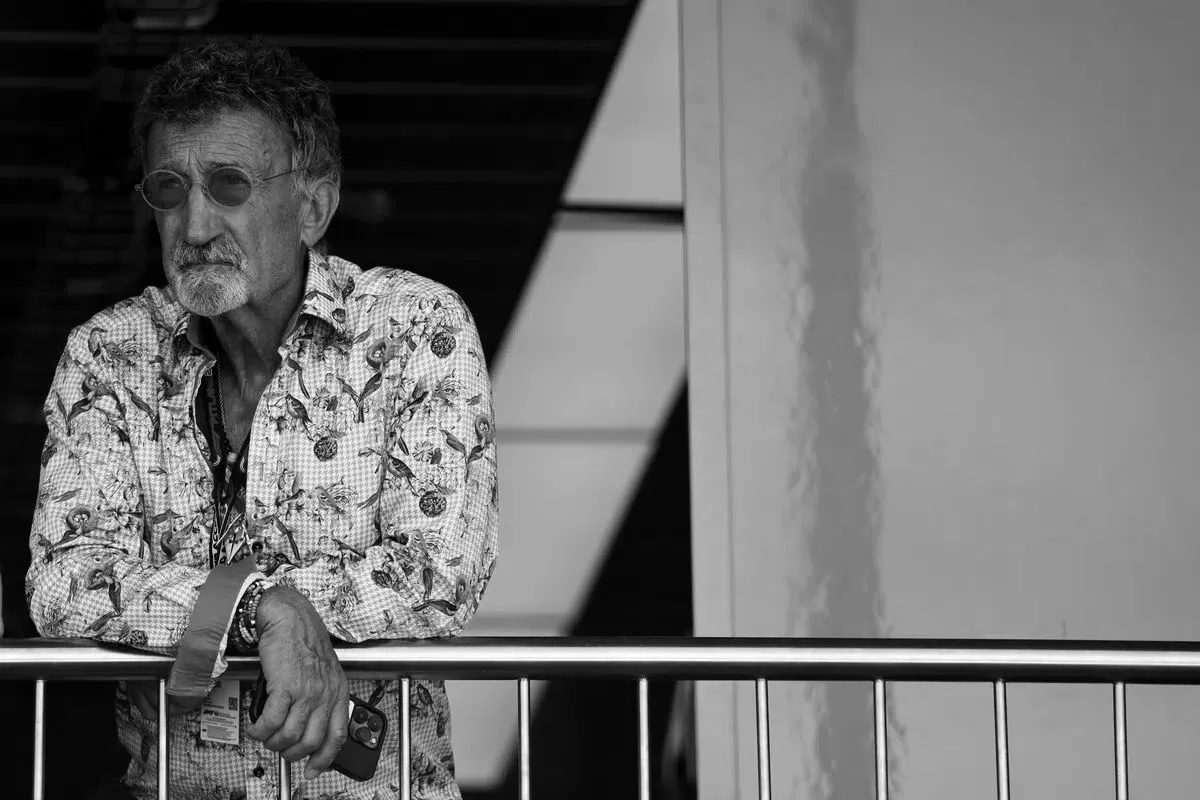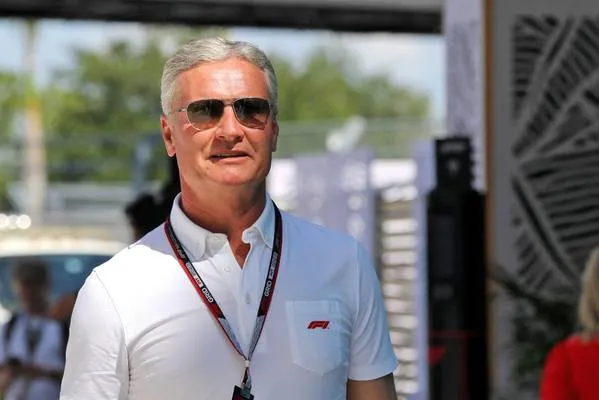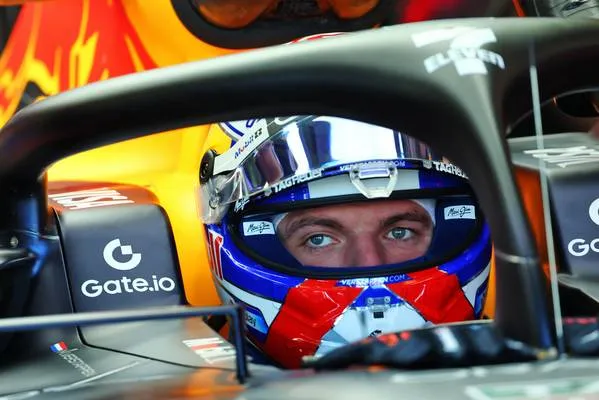The introduction of the halo a few years ago was met with enormous criticism. The aversion to the 'flipflop' even turned to disgust for some. And not only with the fans also a significant part of the drivers didn't like to drive around with these things.
Meanwhile, a few years have passed and we have seen some incidents where the halo was of vital importance. Mainly last year with the crash of Romain Grosjean of course. There is no doubt that without the halo he had a considerably smaller chance of survival.
Two major crashes in F1 and IndyCar
And this weekend there were two more crashes where the halo played a role. Although the term life-saving is used very often, because it is not that drivers died by the dozen before the introduction of the halo, but it is nice to see that the drivers have less to worry about with these incidents.
First, both Valtteri Bottas and George Russell got away with their crash at Imola. That Russell's left front wheel almost slammed into the Finn's cockpit is something most will have seen, but the halo on the Williams also headed off a large chunk of Bottas' car.
A few hours later, IndyCar driver Ryan Hunter-Reay was perhaps even luckier. He t-boned Josef Newgarden and the aeroscreen (which contains a halo construction) nicely ricocheted off the broken wheel.
Read more about:
Popular on GPBlog
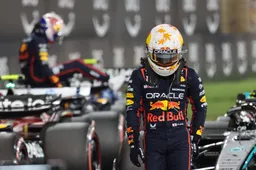
1
Windsor: 'If Red Bull don't give Verstappen this, he's another Yuki Tsunoda'
2715 times read

2
F1 Today | 'Verstappen just another Tsunoda', 'Red Bull hold another crisis meeting'
2661 times read
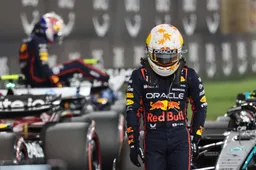
3
Pessimistic Verstappen says Red Bull 'even worse now than we were last year’
455 times read
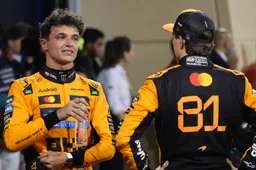
4
Norris falls short on brutal comparisson to Mansell: 'Doesn't have the heart to win'
446 times read
